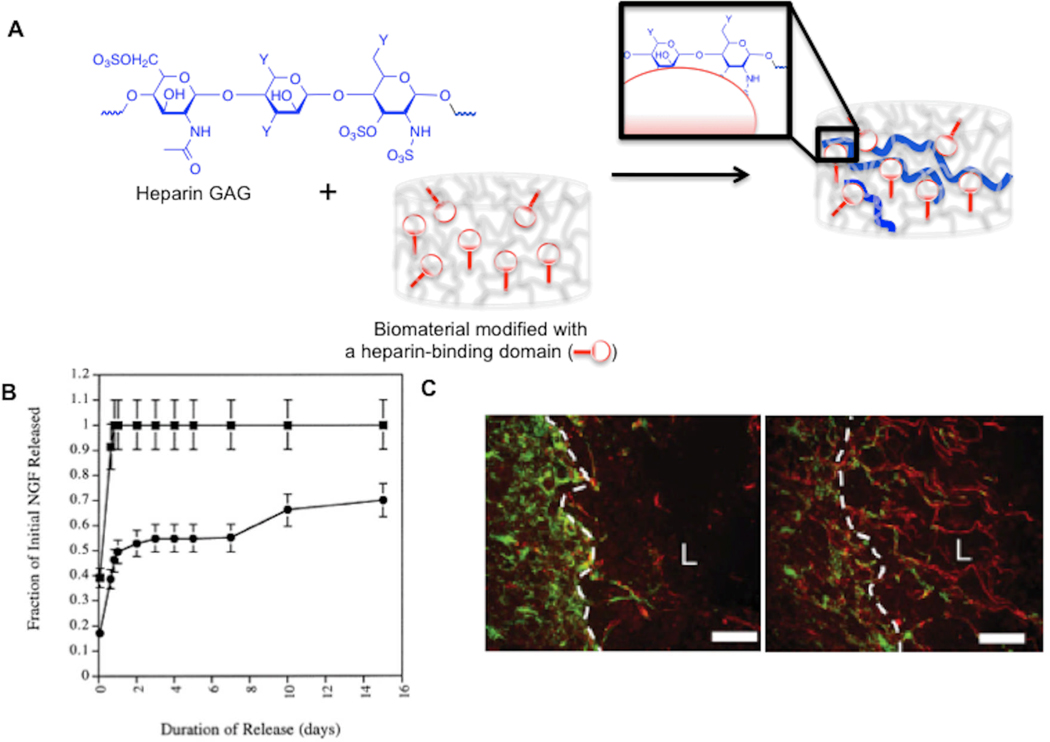Figure 2. Heparin non-covalently incorporated into hydrogels controls heparin-binding growth factor release and enhances tissue regeneration in vivo.
(A) Schematic representation of non-covalent binding of heparin GAGs within a hydrogel biomaterial presenting a heparin-binding domain. (B) Release profile of nerve growth factor from unmodified (■) and heparin-modified (●) fibrin matrices. Reproduced with permission from[96] 2000 Elsevier. (C) Heparin-modified fibrin matrices loaded with neurotrophin-3 promote extension of neural processes (red) across the glial scar border (white) at a spinal cord lesion site. Reproduced with permission from[100] Wiley Interscience 2009.

